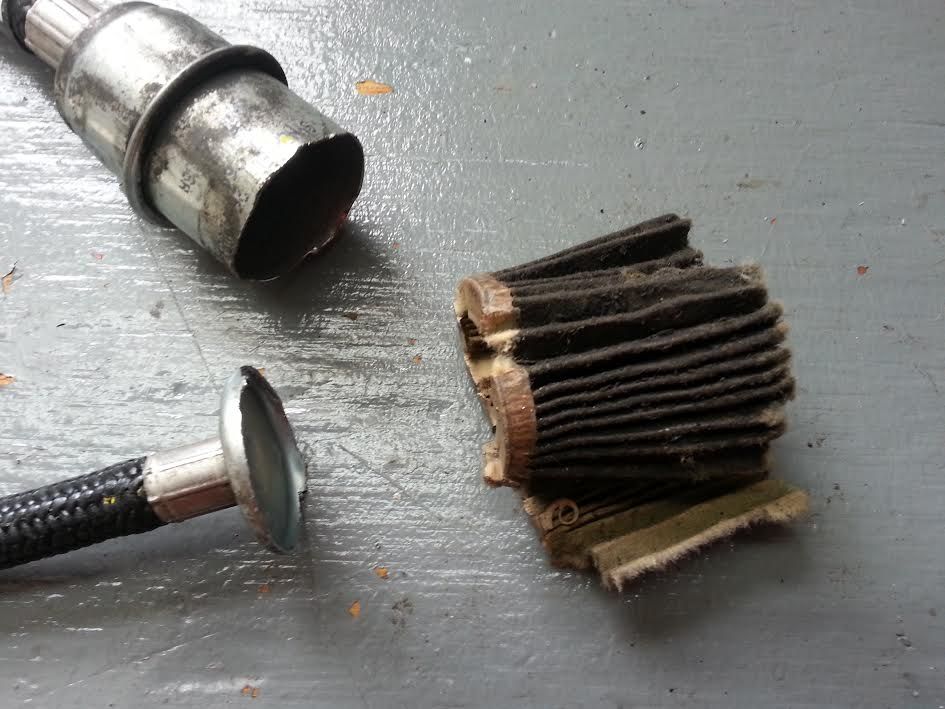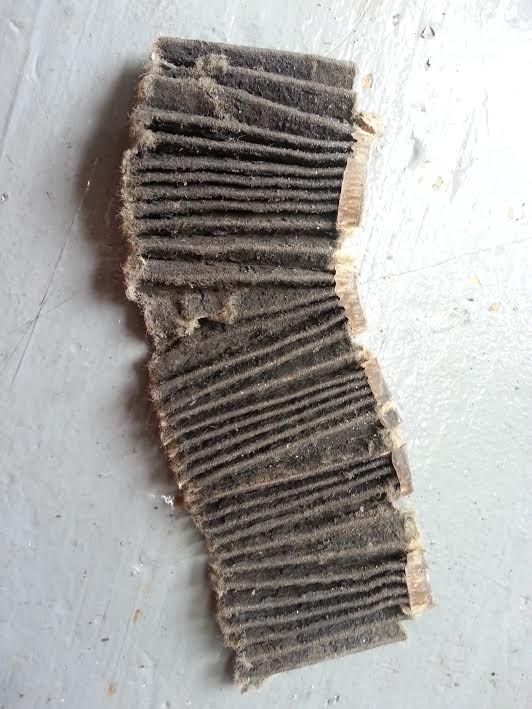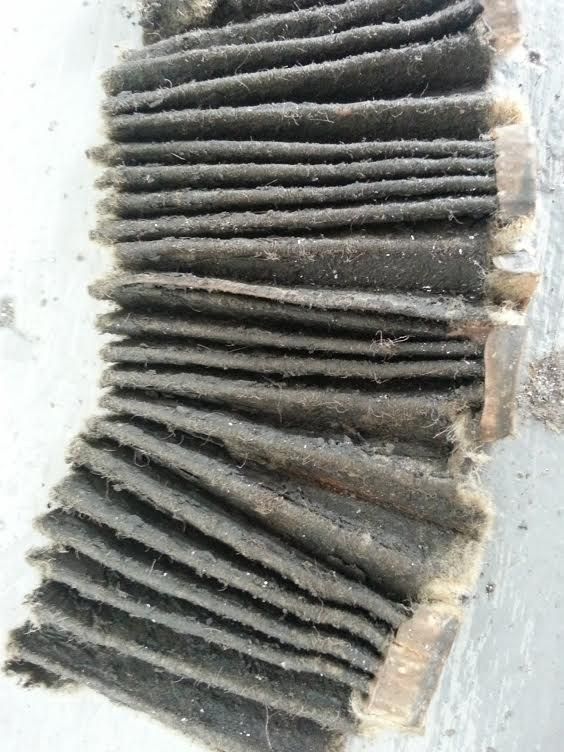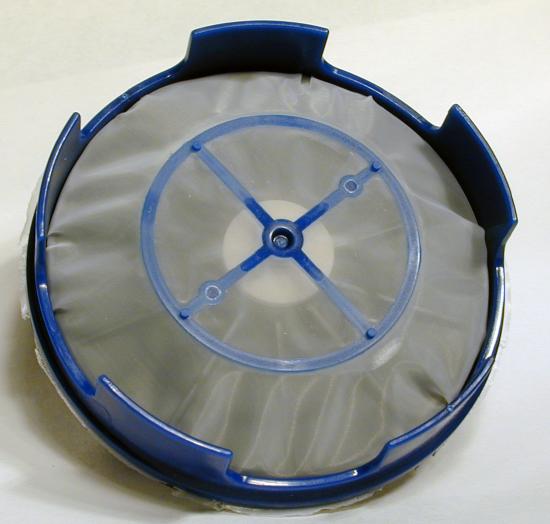M
maxitout77
Well-known member
Ask and you shall receive! After my recent post about replacing my fuel filter and what it did for performance on my sled, many asked about what a stock filter was made of. Well here ya go. 3700 miles when changed. The pictures speak for themselves. I had to tear the paper filter apart to remove it.
Here is the link to my previous thread about my fuel filter.
http://www.snowest.com/forum/showthread.php?t=373929



I for one, will now be replacing my filter yearly.
Here is the link to my previous thread about my fuel filter.
http://www.snowest.com/forum/showthread.php?t=373929



I for one, will now be replacing my filter yearly.


